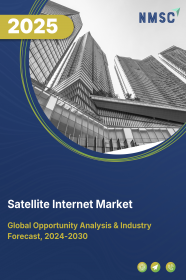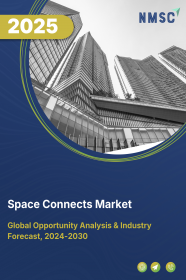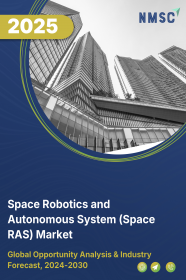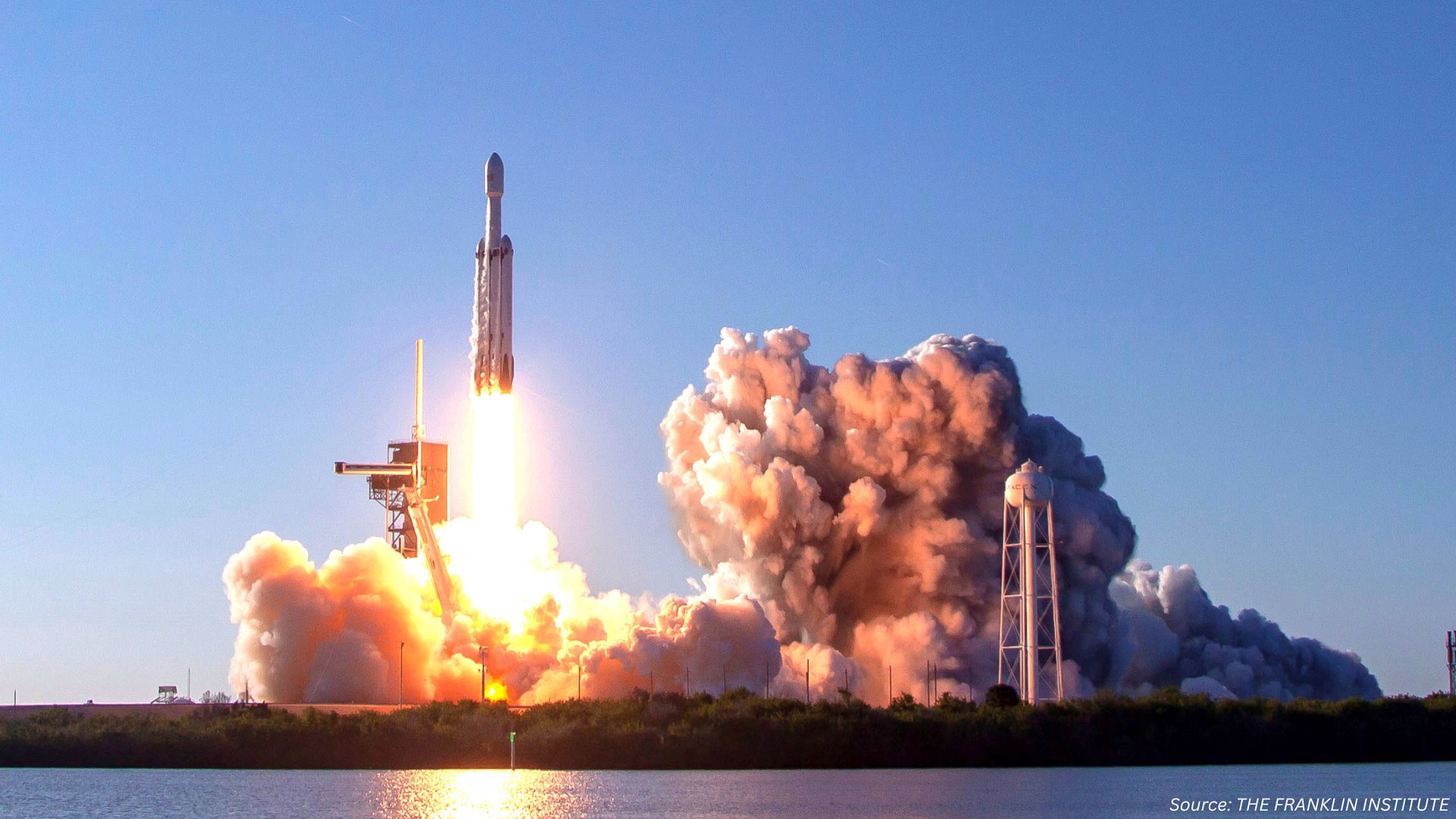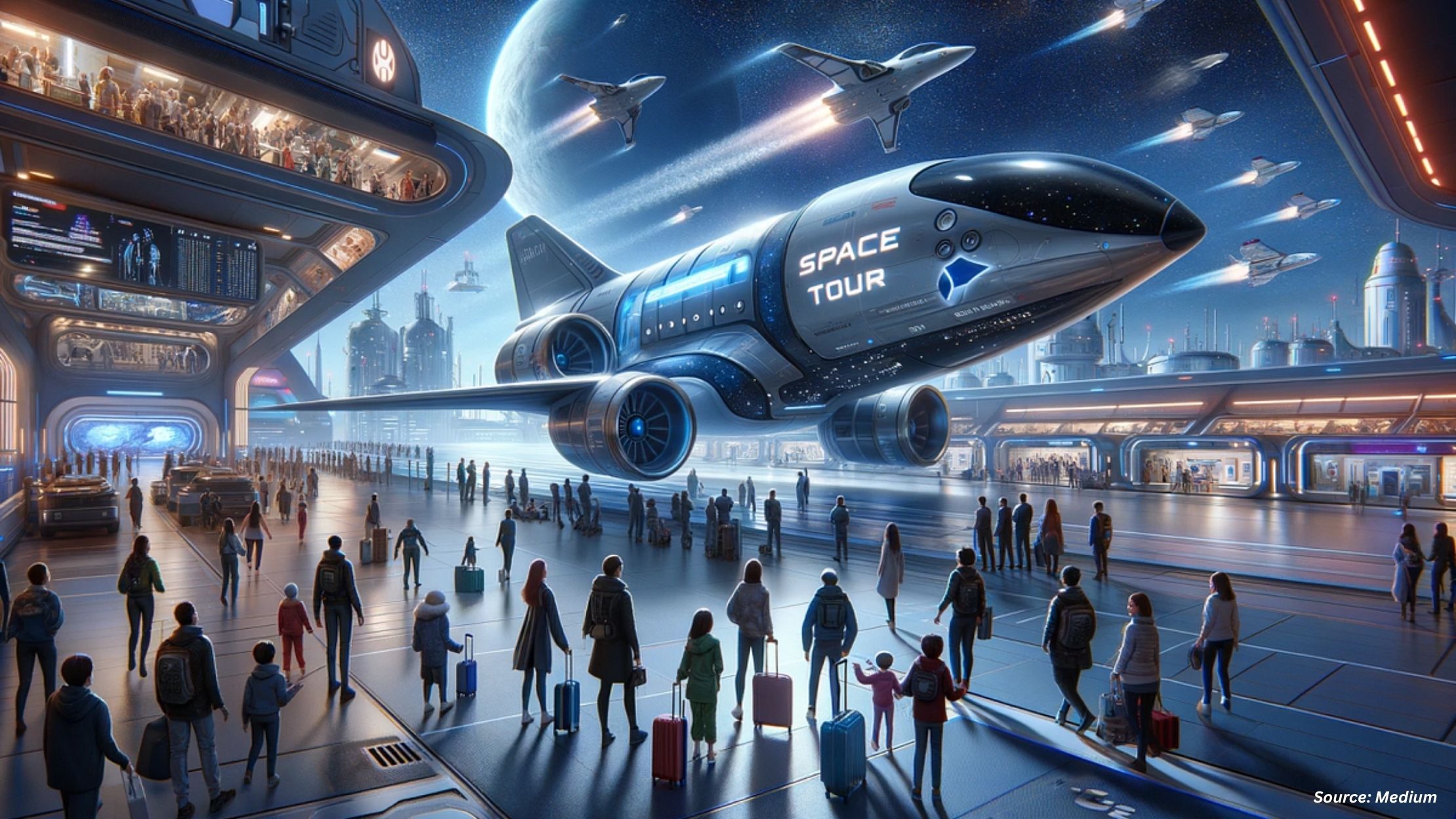
Satellite Bus Market by Size (Small Satellite, Medium Satellite, and Heavy Satellite), by Subsystem (Structure & Mechanism, Thermal Control, Electric Power System, Attitude Control System, Propulsion, Telemetry Tracking, and Command), by Application (Earth Observation & Meteorology, Communication, Scientific Research & Exploration, Surveillance & Security, Mapping & Navigation) - Global Opportunity Analysis and Industry Forecast 2023-2030
Market Definition
The global Satellite Bus Market size was valued at USD 16.6 billion in 2022 and is predicted to reach USD 28.2 billion by 2030 with a CAGR of 7.9% from 2023 to 2030. Satellite bus, also known as a spacecraft bus, is the main body and structural component of a satellite or spacecraft. The satellite bus is usually the core structure that carries all essential components used in a satellite. The bus focuses mostly on three main purposes that include payload carrying capacity, payload lifting power allocation, and heat dispersal of the spacecraft bus.
The satellites are commonly used for geostationary purposes such as telecommunication, television broadcasting, surveillance application, and spacecraft that occupy lower orbits including low Earth orbit missions. The satellite bus is used as the transport mechanism for satellites where all scientific instruments related to space missions are held. It is a central power of data distribution network that provides thermal control, navigation and command, electric power, and propulsion system.
Market Dynamics and Trends
The increasing demand for satellite buses is significantly enhanced due to progressing national ambitions, geostrategic tensions, and economic opportunities such as satellite communications and telemedicine. Also, the rising demand for miniaturization of satellites by government agencies and public sector industries for communication, earth observation, television broadcasting, and information technology (IT) is surging the requirement for satellite buses is stimulating the satellite bus market growth.
Moreover, increasing investments in space programs by governments of numerous countries such as the U.S., China, India, and some European countries for research and development to enhance data processing and effective global position systems (GPS) for navigation of ships, aircraft, and land vehicles are expected to further propel the growth of satellite bus market. Furthermore, the growing use of satellites in natural disaster monitoring, urban planning, fisheries management, crop forecasting, distance learning, and others is significantly boosting the satellite bus market growth.
However, government policies across nations distress the development of satellite bus market environment. The strict regulatory approval, high cost of development and launches and limited number of orbital slots acts as major factors hampering growth of the market. On the contrary, the rising number of space exploration missions by both public and private sectors and increasing demand for satellite-based services create ample opportunities for satellite bus market.
Market Segmentations and Scope of the Study
The satellite bus market share is segmented on the basis of size, subsystem, and application. On the basis of size, the satellite bus market is segmented into small satellite, medium satellite, and heavy satellite. On the basis of subsystem, the market is divided into structure & mechanism, thermal control, electric power system, attitude control system, propulsion, telemetry tracking command, and flight software. On the basis of application, the market is classified into earth observation & meteorology, communication, scientific research & exploration, surveillance & security, and mapping & navigation. Geographic breakdown and analysis of each of the aforesaid segments include regions comprising of North America, Europe, Asia-Pacific, and RoW.
Geographical Analysis
North America holds the lion's share of satellite bus market and is expected to continue its dominance during the forecast period. This is attributed to factors such as increasing government investments in space exploration projects and growth in various space missions. For instance, in July 2021, The Canadian Space Agency collaborated with MacDonald Dettwiler and Associates Ltd. for USD 27.7 million to design components of Canadarm 3. The components will be installed on Lunar Gateway modules and on visiting vehicles for future deep-space missions. Canadarm3 is designed to be operated by robotics flight controllers in Canada, or by gateway crew during spacewalks.
Also, growing demand for commercial communication, small imaging satellites, and increased space exploration missions are key factors that are expected to drive the satellite bus industry in this region. Moreover, the presence of major key players such as Space Exploration Technologies Corp. (SpaceX), NanoAvionics Corp., Ball Corporation, and others boosts the market growth in this region. For instance, in May 2022, Space Exploration Technologies Corp. (SpaceX) launched three Falcon 9 rockets carrying 53 Starlink satellites, a space-based system that brings internet access to underserved areas of the world.
On the other hand, Asia-Pacific is expected to show a steady rise in the satellite bus market due to the rising demand for space launches such as telecommunication, communication satellites, and surveillance application. Also, the rising government and private space agency collaboration by the players such as China Academy of Space Technology (CAST), Indian Space Research Organization (ISRO), Gilmour Space Technologies, and others in major countries such as China, South Korea, Australia, and India for space research and development play a major role in the growth of the satellite bus market in this region. For instance, in May 2022, Gilmour Space Technologies collaborated with the Australian Department of Defence to develop and launch a new sovereign surveillance satellite. The collaboration aims to develop a G-class satellite for Australian defence department.
Furthermore, the rising satellite constellation-based internet services, military and defence communication, telemedicine and increasing use of GPS based navigation systems by smart devices and automobiles in this region is further boosting the growth of the satellite bus market. For instance, in November 2021, China launched a tactical military communications satellite named ChinaSat-1D. The satellite was launched with the aim to assist the military and defence in fast and effective communication. It uses the DFH-4 bus that provides onboard power and propulsion systems with a lifespan of 10-15 years.
Competitive Landscape
Various market players operating in the satellite bus industry include Space Exploration Technologies Corp. (SpaceX), Spire Global, Israel Aerospace Industries Ltd., Airbus S.A.S., Raytheon Technologies Corporation, NanoAvionics Corp., Ball Corporation, Boeing, Thales Group, Sierra Nevada Corporation, Honeywell International Inc., Northrop Grumman Corporation, Mitsubishi Electric Corporation, Lockheed Martin Corporation, Loft Orbital Solutions Inc., and others.
These market players are adopting various strategies and innovative designing and collaboration across the globe to remain dominant in the satellite bus market. For instance, in November 2022, Spire Global developed a new satellite bus, the next-generation 16U satellite bus with more capability, an innovative design that can carry larger payloads and more power, volume, and data capabilities than conventional designs.
Moreover, in February 2022, NanoAvionics collaborated with the University of New South Wales (UNSW) in Sydney, Australia to build a 6U nanosatellite bus fully assembled and tested on a functional level, ready for its research and educational purposes. Furthermore, in October 2021, Israel Aerospace Industries Ltd. (IAI) developed a new small GEO satellite bus. It is small geostationary orbit communications satellite bus which is intended to provide a low-cost spacecraft of 600 to 700 kg with advance shipments.
Key Benefits
-
The report provides quantitative analysis and estimations of the satellite bus market from 2023 to 2030, which assists in identifying the prevailing market opportunities.
-
The study comprises a deep dive analysis of the satellite bus industry including the current and future trends to depict prevalent investment pockets in the market.
-
Information related to key drivers, restraints, and opportunities and their impact on the satellite bus market is provided in the report.
-
Competitive analysis of the players, along with their market share is provided in the report.
-
SWOT analysis and Porter's Five Forces model is elaborated on in the study.
-
Value chain analysis in the market study provides a clear picture of roles of stakeholders.
Satellite Bus Market Key Segments
By Size
-
Small Satellite
-
Medium Satellite
-
Heavy Satellite
By Subsystem
-
Structure & Mechanism
-
Thermal Control
-
Electric Power System
-
Attitude Control System
-
Propulsion
-
Telemetry Tracking Command
-
Flight Software
By Application
-
Earth Observation & Meteorology
-
Communication
-
Scientific Research & Exploration
-
Surveillance & Security
-
Mapping & Navigation
By Region
-
North America
-
The U.S.
-
Canada
-
Mexico
-
-
Europe
-
The UK
-
Germany
-
France
-
Italy
-
Spain
-
Denmark
-
Netherlands
-
Finland
-
Sweden
-
Norway
-
Russia
-
Rest of Europe
-
-
Asia Pacific
-
China
-
Japan
-
India
-
South Korea
-
Australia
-
Indonesia
-
Singapore
-
Taiwan
-
Thailand
-
Rest of Asia Pacific
-
-
RoW
-
Latin America
-
Middle East
-
Africa
-
Key Players
-
Space Exploration Technologies Corp. (SpaceX)
-
NanoAvionics Corp.
-
Airbus S.A.S.
-
Raytheon Technologies Corporation
-
Ball Corporation
-
Israel Aerospace Industries Ltd.
-
Boeing
-
Thales Group
-
Sierra Nevada Corporation
-
Honeywell International Inc.
-
Lockheed Martin Corporation
-
Spire Global
-
Northrop Grumman Corporation
-
Loft Orbital Solutions Inc.
-
Mitsubishi Electric Corporation
REPORT SCOPE AND SEGMENTATION:
|
Parameters |
Details |
|
Market Size in 2022 |
USD 16.6 Billion |
|
Revenue Forecast in 2030 |
USD 28.2 Billion |
|
Growth Rate |
CAGR of 7.9% from 2023 to 2030 |
|
Analysis Period |
2022–2030 |
|
Base Year Considered |
2022 |
|
Forecast Period |
2023–2030 |
|
Market Size Estimation |
Billion (USD) |
|
Growth Factors |
The progressing national ambitions, geostrategic tensions, and economic opportunities. Increasing R&D in space program to enhance data processing and effective global position systems (GPS) The growing use of satellites in natural disaster monitoring, urban planning, fisheries management, crop forecasting, distance learning, and others. |
|
Countries Covered |
28 |
|
Companies Profiled |
15 |
|
Market Share |
Available for 10 companies |
|
Customization Scope |
Free customization (equivalent to up to 80 working hours of analysts) after purchase. Addition or alteration to country, regional, and segment scope. |
|
Pricing and Purchase Options |
Avail customized purchase options to meet your exact research needs. |




















 Speak to Our Analyst
Speak to Our Analyst



